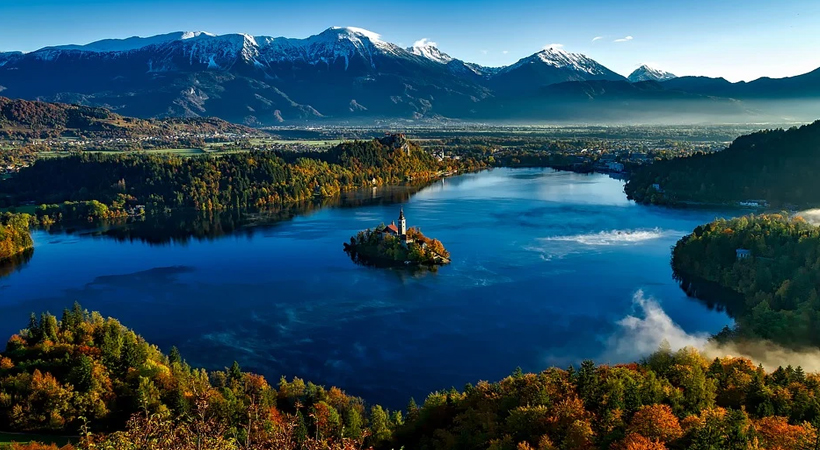Slovenia gets a booster dose from its domestic travellers

Domestic tourists generated most of the tourism traffic in Slovenia in May when the country eased certain coronavirus restrictions on some tourist activities, See News has reported.
In April, the coronavirus pandemic brought the Slovenian tourism to a halt, with the sector registering no new tourist arrivals. In May, domestic tourists generated over 13,000 arrivals and some 25,000 overnight stays versus 3,800 arrivals and some 14,000 overnight stays made by foreign tourists, the statistical office said in a statement.
Thus, tourist arrivals and overnight stays in May represented only 4% of the traffic recorded in May 2019. Most of the foreign tourists in the month arrived from Croatia and Germany.
Slovenia is bordered by Austria, Croatia, Hungary and Italy and is a former constituent of Yugoslavia. It is situated at the crossroads of central and southeast Europe touching the Alps and bordering the Adriatic Sea.
In the January-May period, tourist arrivals in Slovenia decreased by an annual 54% to some 678,000, while overnight stays dropped 59% to just over 1.9 million. Foreign tourists accounted for 405,400 of all arrivals, down 69% on the year, and for some 1.1 million of all overnight stays, down 67%.
In 2019, tourist arrivals to Slovenia increased 6.3% to 4.7 million, while overnight stays added 1.8% to 11.4 million.
There are more than 10,000 caves in Slovenia. The best known, Postojna, runs for around 20 kilometres and World Heritage-listed Krizna Jama Cave has a reputation as one of Europe’s underground natural wonders.
Slovenians love to grow their grapes. In fact, there’s a vineyard for every 70 people throughout the country. The world’s oldest vine, at 400 years old, is in Maribor.
Slovenia’s brown bear population has been important. In fact, nearly 60% of Slovenia is forested, making it the ideal habitat to protect the bear population
In the north-westerly region of Slovenia you can see parts of the Alps in Triglav National Park. In 2017, Slovenia achieved an incredible 96 out of 100 detailed sustainability indicators covering environment and climate, culture and authenticity, nature and biodiversity.
The capital, Ljubljana, translates to The Loved One and it won the Europe’s Greenest Capital award in 2016. The city is known for hiking and river water rafting. It has lovely green spaces such as the expansive Tivoli Park and is known for its museums like the National Museum of Slovenia.



